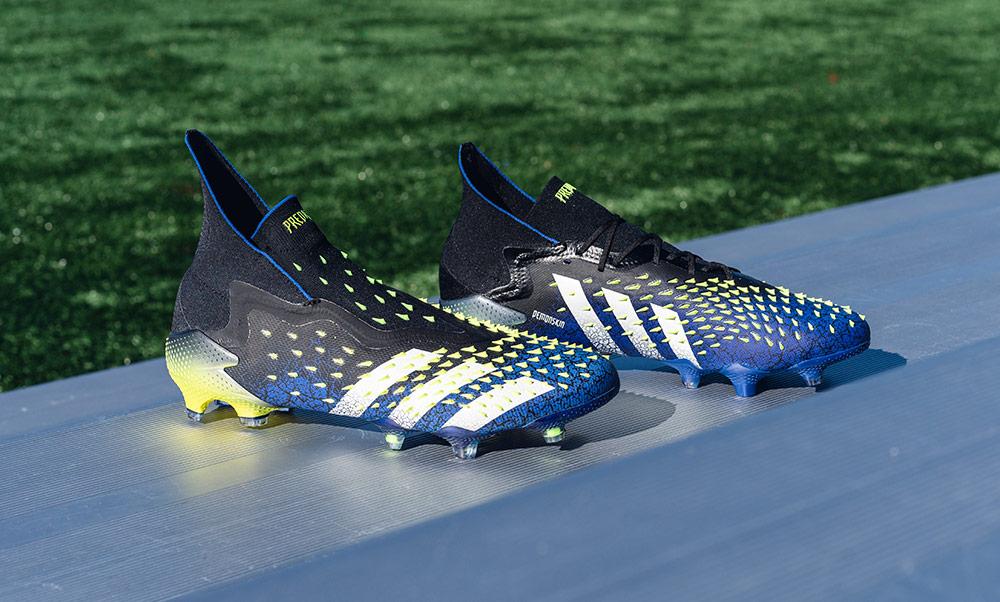In early 2006, Italian football brand Lotto released one of the most ground-breaking innovations in the footwear industry: a laceless football shoe. The Lotto Zhero Gravity was the first ever laceless football boot, and definitely turned many heads when it was first seen on football fields across Europe’s biggest stages.

Fast forward 10 years, and the second coming of laceless football boots arrived in the form of the Ace 16+ PureControl from Adidas. A huge leap from the Zhero Gravity, the Ace was a full knitted football boot and truly shaped the last 5 years of football boots. Adidas followed the success of the PureControl by offering laceless options on all their silos, bringing us to modern day where all 3 Adidas silos have an elite laceless option.

After all this time of laceless footwear, a lot is still unknown to the general public and everyday consumer. Many now flock to the internet for this information and thankfully many hubs, channels and communities exist to discuss and inform everyday consumers of the differences, both good and bad.
The defining difference is obviously the factor of laces versus no laces. Adidas remains the sole big brand offering mass produced readily available models of laceless shoes. New Balance have also entered that race alongside the original contenders, Lotto. These laceless offerings each come in a line of products including a laced variation of their laceless concept. These laceless models are often at a premium price as they represent the top of the ladder in terms of research & development from the brand. The technology intertwined with these boots offer a structure and lockdown system that in term replace the necessity for laces. The laced variation of these laceless models often contain many of the same traits as their laceless counterparts but with the removal of lots of the internal structure. For example, the Predator line from Adidas uniquely offers small rubber spikes on the upper of the boot to offer a diverse sense of added grip and texture on the ball. Between the laceless and laced Predator variations, these texture spikes remain to offer a similar feel and concept between the models, but the laceless variant will have a lot more internal structure to support and hold the foot down during play, something the laced model doesn’t require due to the inclusion of laces.

Many still argue that the adjustability and personalization that laces offer is irreplaceable, but modern brands have come a long way. Does that mean laceless boots are better? Objectively, laces remain the best readily available and practical way of locking down most footwear. With the right foot shape though, some laceless models offer above average lockdown and a feel on the ball unlike anything else.

With so many models being designed from one piece material and not having a cutout tongue, a new trend began to emerge mimicking the idea of laceless footwear. Taking laces off a boot designed with laces in no way makes that boot safe or ideal for performance wear. Yes by definition they do become laceless, but the models designed and sold to consumers as laceless models have immense amounts of research and technology tied in to ensure they are not only safe but practical for athletic use.

To summarize this article, many differences do exist between laceless and laced variants of footwear. One may remain objectively better but preferences do (as always with footwear) play a huge part. Many players will willingly give up some lockdown for the unique sensation and fit/feel that a laceless model provides. These models have been around for over 5 years and with reason, they provide something unique. That said these models are designed with research and with a purpose, which means not every shoe out should be used laceless, only those designed and sold to you that way.
